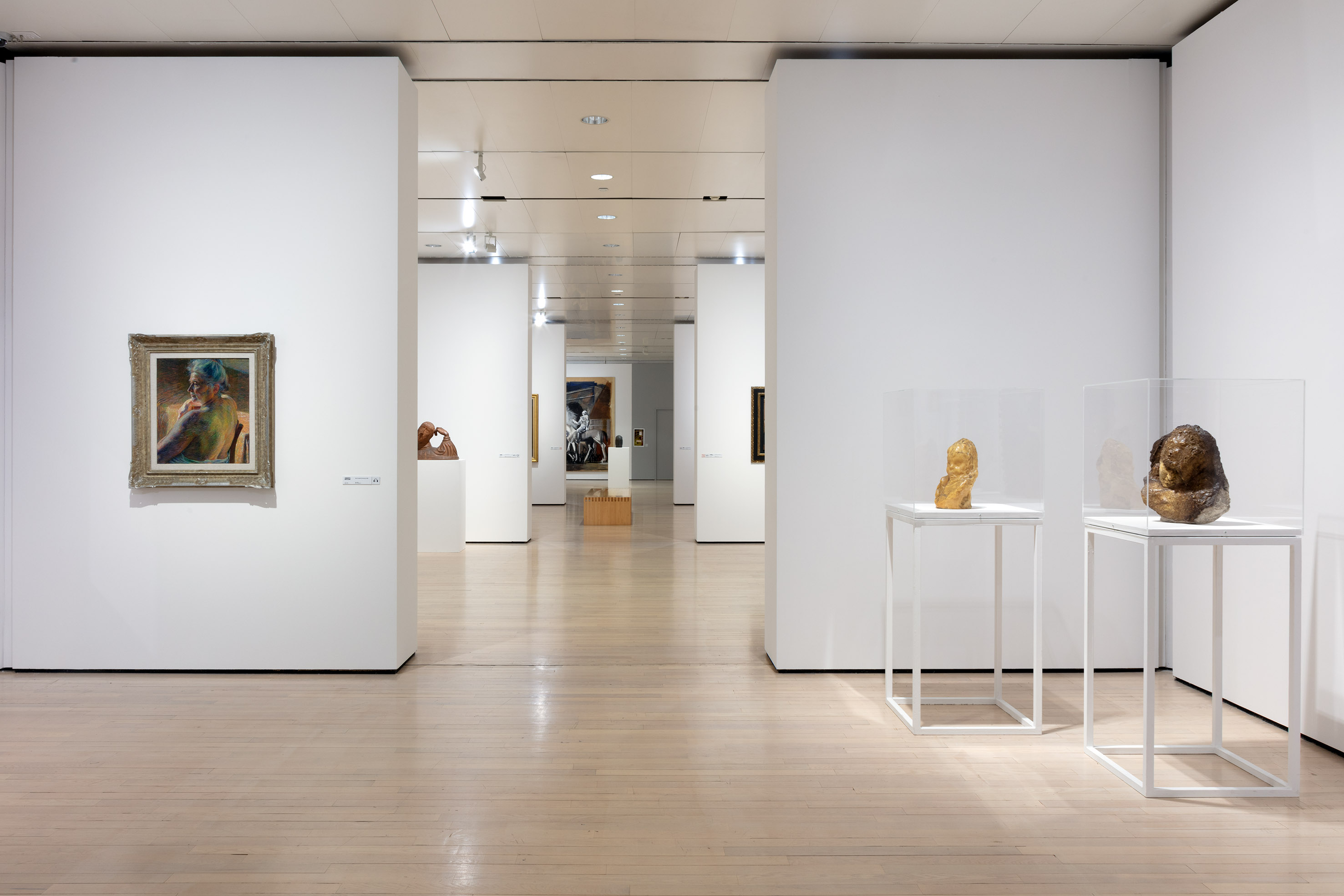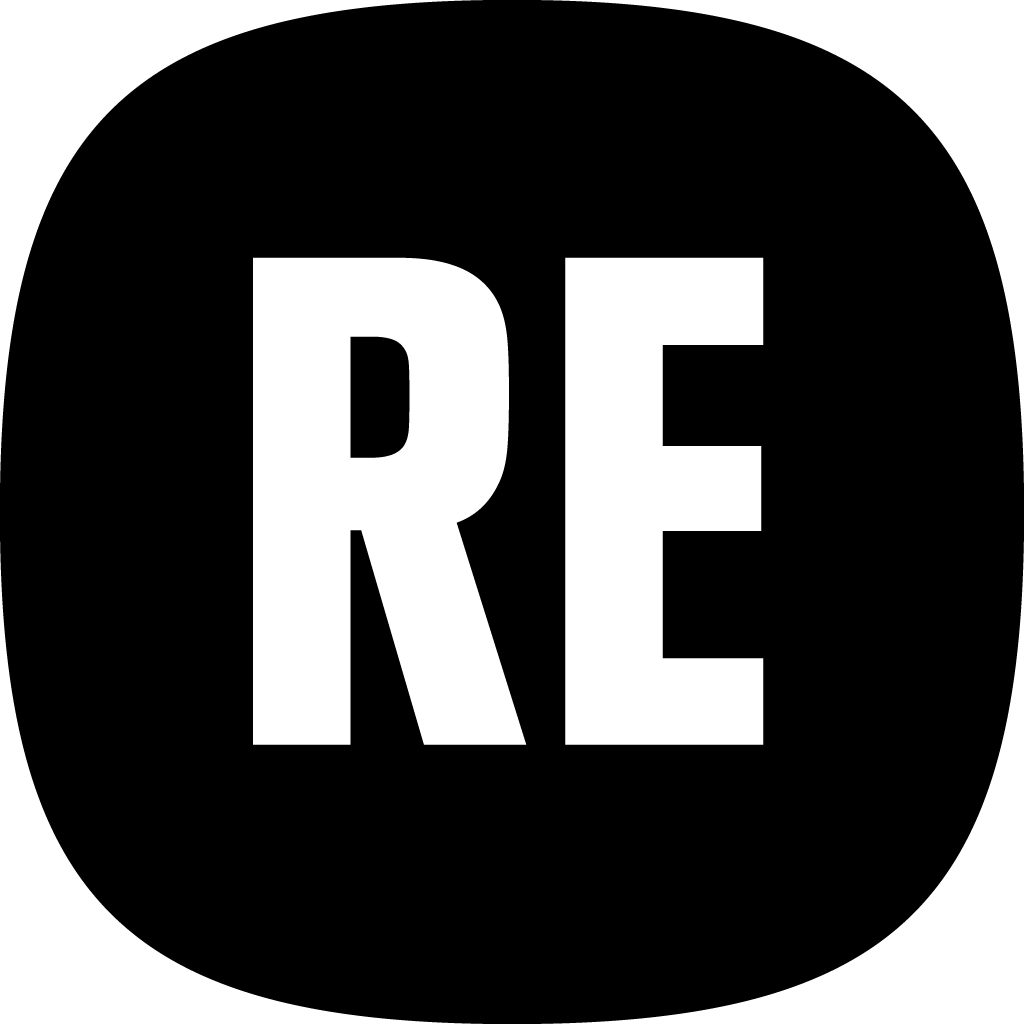Second Generation Living Labs Identikit: MART
Introducing Mart, the Museum of Modern and Contemporary Art of Trento and Rovereto and the project for their Living Lab focused on involving younger generations
-------------------------------------------------------------------------------------------------------------------------
Name of the organisation: MART, the Museum of Modern and Contemporary Art of Trento and Rovereto
Based in: Rovereto, Italy
Mission: Founded in 1987 as an operational agency of the Autonomous Province of Trento, the Mart, the Museum of Modern and Contemporary Art of Trento and Rovereto, has three locations: the Museum's headquarters (a large architectural complex inaugurated in 2002 and designed by Mario Botta and Giulio Andreolli) and the Casa d'Arte Futurista Depero are in Rovereto; the Galleria Civica, which became part of the MART in October 2013, is in Trento. The Mart’s Collections include around 20.000 thousand works of art ranging from the nineteenth century to contemporary art, including Futurism, the Novecento Italiano, Abstractionism, Informal Art, Arte Povera, and Transavanguardia up to the most recent artistic research.
Business model idea: The project focused on young people. Typically, the connection between youth and art is mediated by historical and artistic content, appealing mostly to those already interested in art. Recharge Next seeks to enhance youth engagement and entrepreneurship by offering new approaches to artworks, including technology tools. Mart, along with partners such as the University of Trento, Professor Nicola de Pisapia, MaDe Manufactory Design Institute, and Trentino Sviluppo, is exploring altered states of consciousness (e.g., meditation, hypnosis) through sensory enhancements or deprivations with the project Ways of Perception. This initiative aims to evoke new emotional and cognitive responses, allowing visitors to engage with art in different ways.The revenue-sharing innovation model fits with our project because it allows us to co-design and create a collaborative environment to develop new tools for engaging with the museum. The application of this model fosters collaborative partnerships where all participants leverage their expertise. This approach ensures that each party involved has a stake in the success of the project and is motivated to contribute their knowledge and resources. By sharing revenues, it incentivizes ongoing collaboration and innovation, leading to the development of more effective and impactful solutions for engaging with museum visitors.
The Recharge Next project represents an opportunity for the Museum to continue experimenting with new processes of bringing new generations together through participatory and generative projects of aesthetic education and new ways of interacting with works of art. Recharge Next it’s an ideal continuation of recent projects, some in the European sphere, with which the institution has initiated formulas of active co-design and co-protagonism by promoting within its spaces the principles of creativity, accessibility and well-being. Recharge Next offers a valuable opportunity to transform young people's interaction with art. With the scientific and technological support of study and research institutions, the project aims to create new approaches to artworks, leveraging technology to promote curiosity, novel and recreational approaches, and induce altered states of consciousness in visitors. We expect the project to generate significant impacts on the relationship between the Museum and younger generations, also stimulating interaction between basic research and entrepreneurship in the region. The creation of laboratories for the development immersive and innovative artistic experiences that combine sensory deprivation with audiovisual elements to stimulate deep emotional and cognitive responses in visitors. Additionally, the induction of altered states of consciousness could open up new research avenues for constructivist teaching based on the Teen’s Thinking Project (TTP), new aesthetic, emotional, and cognitive dimensions, indicating new modes of interaction between the Museum's Collections and visitors.


Share